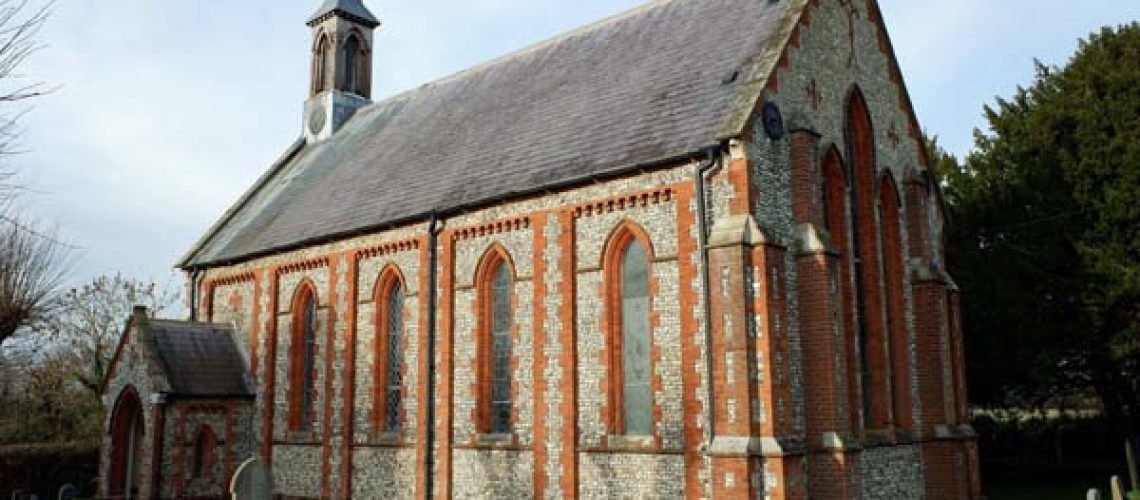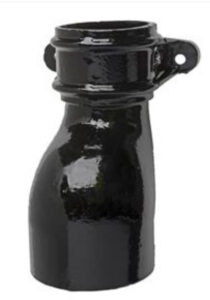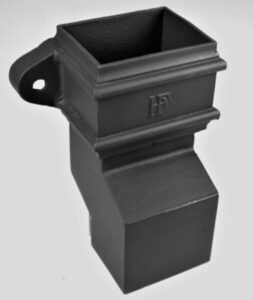


Using a cast iron anti-splash shoe when replacing and repairing church downpipes offers several benefits:
Noise reduction: The weight and density of cast iron help to reduce the noise generated by water flowing through downpipes. This is particularly beneficial in a church setting where maintaining a peaceful and quiet atmosphere is essential.


In summary, using a cast iron anti-splash shoe when replacing and repairing church downpipes ensures durability and longevity. It provides functional benefits like noise reduction, splash prevention, and easy maintenance, all while maintaining the aesthetic appeal of the church’s architecture.